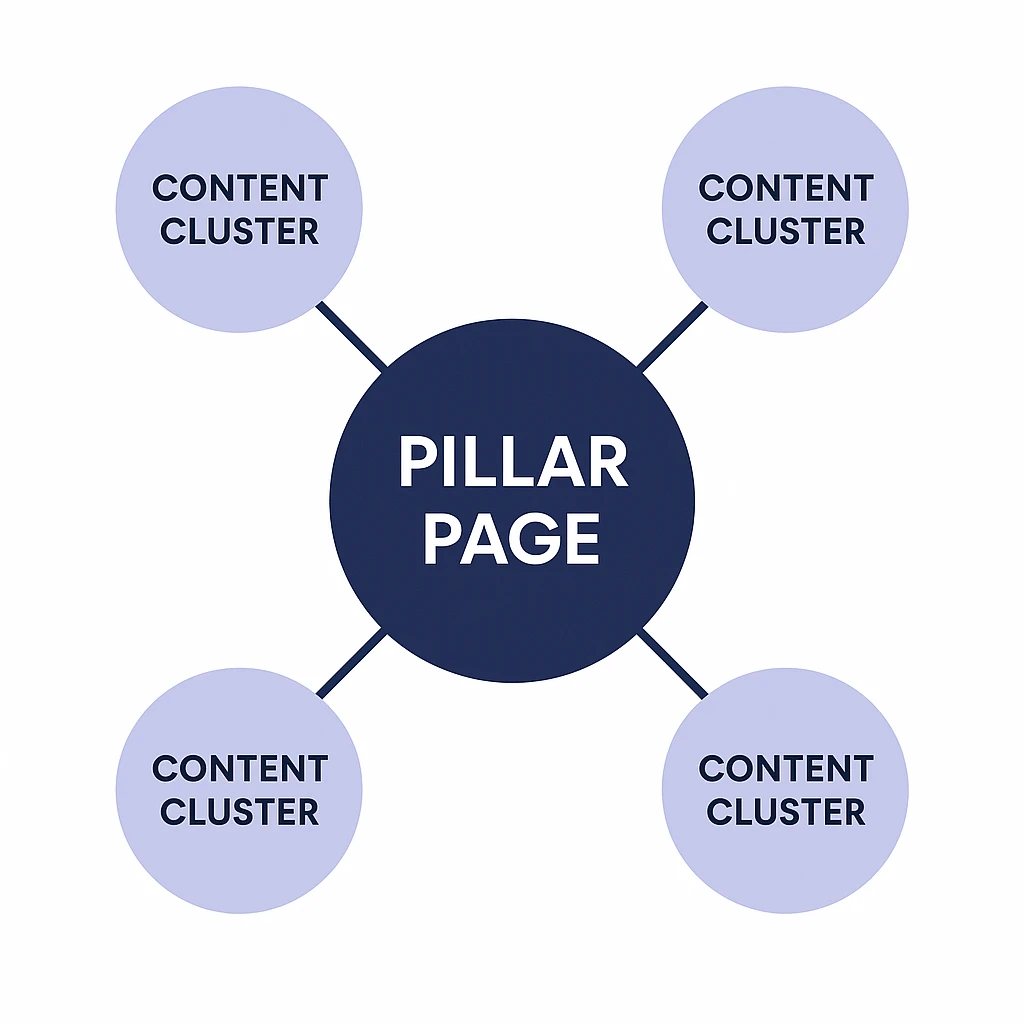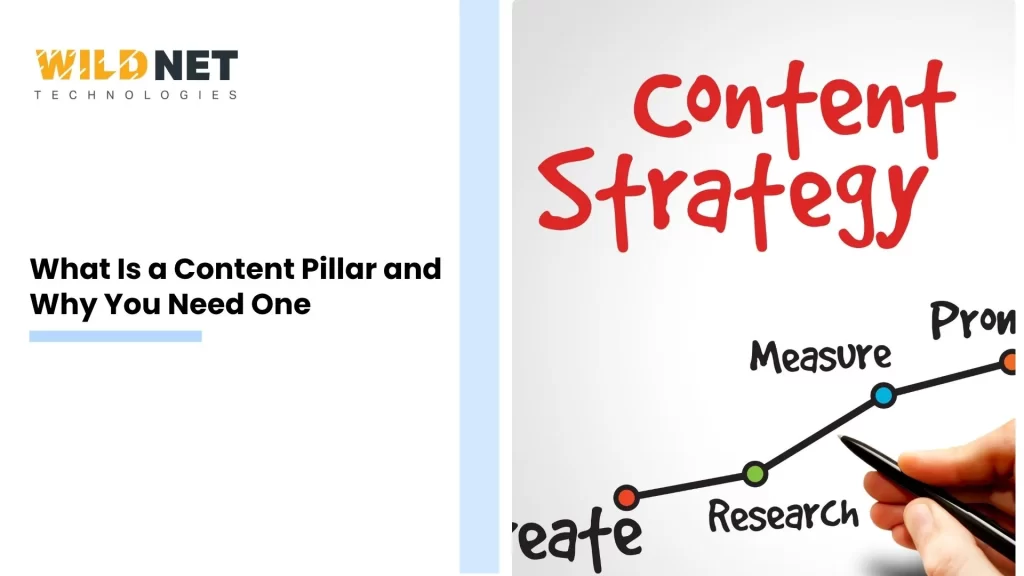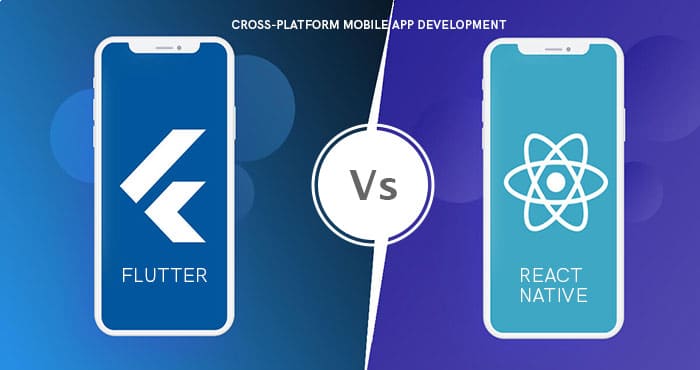A structured framework is the core of successful digital marketing campaigns. Most of the brands know it. But what do they do to ensure that systemized structure? Well, they simply utilize the content pillar.
Whether you’re a marketer on a venture to sharpen your knowledge or a brand trying to make a mark in the digital world, you’re going to come across this phrase often.
So, this blog is here as the bearer of all the information you need to utilize content pillars in your favor. Let’s start with the basics.
What Is a Content Pillar?
In simple terms, a content pillar is a central, broad topic around which you structure all related content. It’s like the main pillar in your house; everything else connects back to it and supports it.
The experts say that these are core themes relevant to your business, helping you showcase expertise and drive traffic across your site, social media, and more.
These pillars ensure that every message you’re passing is consistent with the brand’s identity, values, and the niche interests.
For example, for a fitness brand, the main content pillars would be nutrition and exercise. These are the typical umbrella topics that the audience would expect. Now, these pillars form the basis for further content creation. You must have seen “high-protein dishes that take only 5 mins to prepare” videos online. Such topics can be curated after you finalize your pillars.
Pillar pages are another important segment of content pillars. In content marketing, these are basically the detailed guides covering one main topic in depth. Around this, you create smaller , related articles, called content clusters, that link back to the main page.
This setup is like a wheel with spokes that helps in improving your SEO and position you as an expert of that particula topic.

Key vocabulary:
- Content pillar – A core overarching theme or topic.
- Pillar page – The central hub page covering that theme.
- Content cluster – Related posts are tightly focused on sub-topics linked to the pillar.
Why You Absolutely Need a Content Pillar
Well, if you like to throw your ideas out there and do a special ritual to pray that it sticks, you don’t need the content pillars. But if you wish to move more strategically to make your every move count, the transformative concept of content pillars is for you. The many more reasons why you need it, we have mentioned them below:
Streamlines your planning & saves time
Rather than scrambling for new topics every day, content pillars give you a clear roadmap. You know exactly which themes to cover and can batch content writing efficiently.
Builds authority and expertise
Focusing your content around core themes demonstrates you deeply understand the subject. Google sees this topical clustering as a sign of influence and authority, which is key to ranking higher in search results (think SEO content and E‑E‑A‑T).
Helps with SEO and internal linking
Each cluster article should link back to your pillar page and also to the other cluster articles. This creates a web of relevance that search engines love, making it easier for users and bots to find related topics. Your pillar page naturally becomes the topic authority hub.
Consistency in brand messaging
With your pillars guiding all content, whether blog, email, or social media, you maintain clarity on what your brand stands for. That consistency reinforces recognition and user trust over time.
Data‑driven refinement
By tracking engagement or traffic per pillar, you can see which themes resonate most. Then you can lean into high-performing topics and refine or replace underperforming ones.
Content Pillar vs. Topic Cluster
To understand the hub-and-spoke model:
- A pillar page is the main central page covering a broad topic.
- Content clusters are supporting articles (spokes) addressing narrower sub-topics, all interlinked.
The structured approach from the SEO perspective is a good sign. It helps Google think that you’ve covered the topic comprehensively and hence may hold expertise in it.
And guess what? You’re not only now the apple of Google’s eye but also the visitor’s favorite, as your structured approach made everything more user freindly and can better lead their way for more information.
Content Pillar Types and Examples
Content pillars are not universal, and so they can be differentiated based on their unique purpose. Here are the different content pillar types, you should know:
Authority Pillar Content: When you cover every nook and cranny of the topic. This is more like a “Complete Guide” where you provide an extensive view of all the subtopics that come under your niche.
The cluster pages under this pillar cover the specific aspects of the main topic like best practices, tips, etc.
Definition Pillar Content: The name itself tells a lot about this pillar. Yup, you guessed it right, it is the ultimate definer. This is where you unravel every layer of a topic.
Examples: “What is content marketing?”
“What is AI SEO?”
How-To Pillar Content: The detailed manual of everything around your topic. Here, you break down the do’s in steps to help the visitors acquire knowledge to successfull be done with the task.
Example: “How to make a content strategy?”
“How to use AI in content marketing?”
Social Media Content Pillars Examples
With a structured approach, it’s not just the SEO where you shine but also in social media. Have you heard of social media content pillars or content buckets? Well, the definition is the same but here you do it for social media.
Typical social media pillars include:
- Educational: how‑tos, tutorials, industry insights
- Inspirational: stories, quotes, milestones
- Entertaining: memes, fun polls, quizzes
- Promotional: product showcases, offers
- Engagement‑focused: Q&A, community polls, behind‑the‑scenes.
Example: A brand creates these five pillars and rotates content:
- Educational (tips & tutorials)
- Inspirational (customer stories, quotes)
- Promotional (product demos, offers)
- Behind‑the‑scenes (team stories, process)
- Community/Interactive (polls, challenges)
This keeps content consistent, varied, and always aligned to brand values.
Content Pillars Template (Template to Use)
| Pillar Theme | Why It Matters | SEO Keywords/Content Cluster Topics |
| Pillar 1: Your Broad Topic | Supports brand positioning and solves audience pain point | cluster topics: “How to X”, “Benefits of X”, “Case studies of X” |
| Pillar 2: Next Theme | Reinforces authority and drives search traffic | cluster topics: “Tips to Y”, “Tools for Y”, “Common mistakes in Y” |
| Pillar 3: Another Theme | Diversifies content mix and supports conversions | cluster topics: “Why Z matters”, “Examples of Z in action” |
Steps:
- Find out 3 to 5 core pillars tied to your brand mission and audience.
- For each pillar, list 3 to 6 blog/social cluster topics.
- Plan a pillar page (long-form) and link to each cluster article.
- Integrate these keywords in titles and metadata for SEO content.
A ready‑made content pillar template can guide your selections and grouping process.
How to Create Your Content Pillars
It’s easy, if you follow our process from start to end. Here, how it goes:

Step 1: Understand your audience & goals
Know what they care about, their pain points, and long-term problems you can solve. Also clarify your brand identity, values, and messaging.
Step 2: Brainstorm broad themes
Based on audience and domain expertise, develop 3 to 5 pillars that align with your goals. What are the recurring topics you want to own?
Step 3: Keyword research
Google Keyword Planner or Ahrefs can be of great use to you to find related terms and subtopics to build your content cluster. Add SEO keywords for each cluster piece.
Step 4: Build your pillar page
Create a long‑form page (2000+ words) that covers the pillar comprehensively. Include multimedia and clear navigation to cluster articles. This acts as your pillar page.
Step 5: Write cluster/spoke articles
Produce blog posts or social content around narrower keywords. Each piece you share should link back to the pillar page, and where relevant, to each other (internal linking).
Step 6: Map to a content calendar
Schedule pillar and cluster posts regularly. For social media, distribute posts based on your social media content pillars, ensuring a consistent mix across themes.
Step 7: Monitor & iterate
Track engagement, traffic, bounce rate, and conversions. If one pillar performs better, double down. Under‑performing pillars can be refined or replaced as your strategy evolves.
Bringing It All Together: Why It Works
- Content pillar strategy gives focus, saves time, and ensures variety without chaos.
- Your pillar page comes as an SEO super‑hub driving internal linking and authority.
- Content clusters (spoke articles) target long‑tail keywords and user questions.
- Social media content pillars create consistency and brand recognition across channels.
- You build a scalable system Here’s easy to monitor, refine, and grow.
A solid content pillar strategy starts with a comprehensive pillar page that serves as your main hub. Around it, you build a content cluster of supporting blog posts targeting related subtopics. Together this becomes your SEO content architecture, helping Google and readers navigate and learn.
Final Thoughts
To wrap up:
- Content pillars are the bedrock of a sustainable, scalable content strategy.
- Pillar pages + content clusters = stronger SEO, authority, and conversion potential.
- Social media pillars ensure your brand voice stays consistent and engaging.
- Using a template helps you stay organized; using metrics helps you improve over time.
With a well-defined content pillar framework in place, you’ll never stare blankly at your calendar again. Now, you’ll only publish with purpose, focus, and real ROI.
If you need help from the experts, you can always count on Wildnet technologies SEO content services. So, why wait? Connect now.
FAQs
What are content pillars, and why are they important?
Content pillars are the central topics your brand talks about again and again.
They are a very important part of your overall content marketing practices, because it keeps all the pieces you develop, whether it’s for blogs, videos, or social media, aligned with the brand’s core values.
Also, when you create smaller pieces of content (like blog posts) around each big topic, it signals search engines that you actually know your stuff. This lets your website rank higher on Google, brings in more visitors, and ensures they stay interested.
What is an example of a content pillar?
Consider a health blog: one content pillar might be “Nutrition.” This pillar could have supporting cluster posts such as “Meal Planning Tips,” “High‑Protein Recipes,” and “Supplements 101.” Each of those clusters dives deeper into subtopics that link back to the main nutrition pillar page, creating a strong hub-and-spoke SEO structure.
How many content pillars should you have?
Most marketing experts recommend aiming for 3 to 5 content pillars. This range keeps your strategy focused and manageable, without spreading resources too thin or limiting your content variety.
Why does the pillar-and-cluster structure matter for SEO?
When a pillar page covers a core topic in-depth and is linked from various content clusters (sub‑topics), it signals to search engines that you are an authority on that subject. This interlinked architecture boosts your site’s topical relevance, improves crawlability, and drives better rankings.
Can social media have content pillars too?
Social media content pillars (also called content buckets) are different types of posts you share often. For example:
- Teach something – Tips, how-to posts
- Inspire people – Quotes or success stories
- Show behind-the-scenes – What happens in your day or business
- Promote your stuff – Sales, offers, or new products
Read More:






